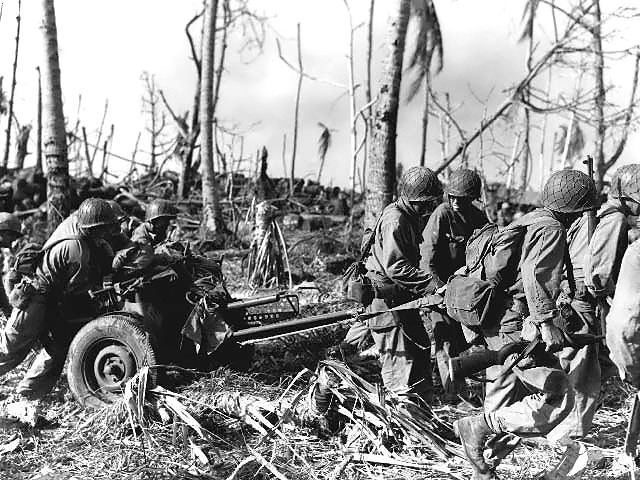Reading Pams (or field manuals for the US), is more about what armies would "like" or "should" and not in field reality.
They must always be read in context of the equipment actually in service.
Everything from the serious of Pams in the late '30s on Mobile Division, is experimental and liable to change!
These are the companion '38 Pams prepatory remarks.
Note cavalry still includes "horsed". Artillery is using 3.7 mountain guns, waiting for 25 pdr.
View attachment 698152View attachment 698146
View attachment 698153View attachment 698147
Mobile Division Training Pamphlet No 2,
(notes on employment of the tank brigade)
YES, it predates I tanks and Cruisers
The Medium III, failed. Cruiser Mk1, 3 prototypes, and Mk 2, after the war had started.
Medium Mk II with 3 pdr and trucks were used in the '38 exercises.
2 pdr is just entering service with RA in 1938. None in tanks except prototypes.
Particular are "approximate" because they are not in production.
View attachment 698151
Again NOTE hypothetical mediums (with 2 pdrs) are 15-20 mph!
Cruisers are not in Orbat
View attachment 698150
The whole concept of separate "cavalry light tank bde" and "tank bde" was a sop to old guard horse cavalry (squadrons and regts) and RTR (companies and battalions).
Mobile Division had paired bdes to keep the peace.
Each could have their "man" and a brigadier in change of "their" formation.
Each follows a very cavalry idea of light (scout) and heavy (shock) Napoleonic tactics.
The GOC was a gunner, as neutral umpire.
